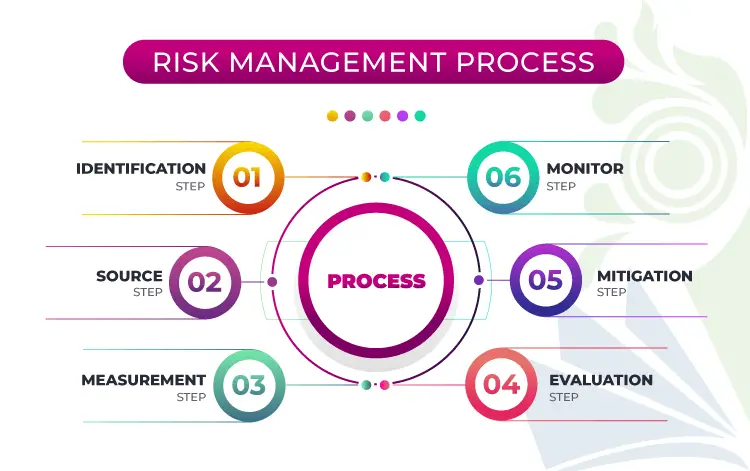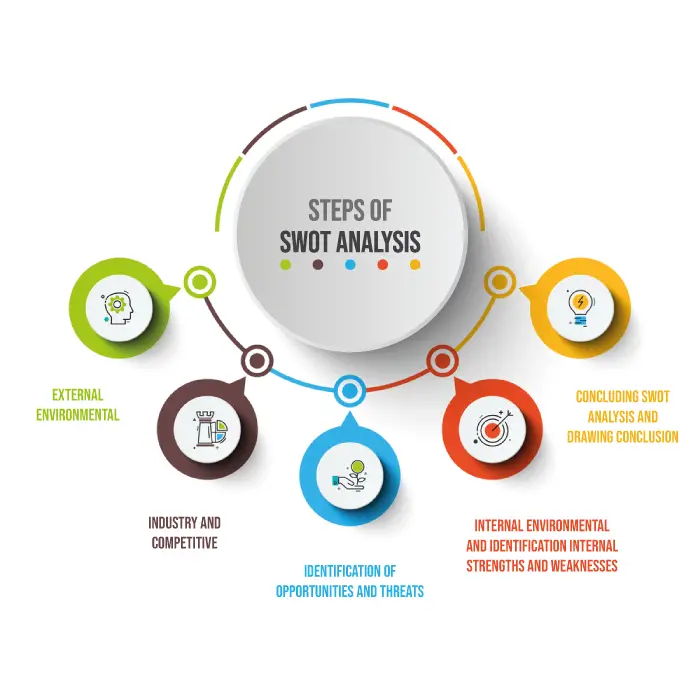Strategic Management – Developing Vision Statements
The managers, employees, and other stakeholders of an organization might understand where the organization is going and what it aspires to be. To express an organization’s aspirations for the future, different organizations use different terms such as vision, purpose, intent, philosophy, and credo. It must be recognized that some statement about future direction is needed to motivate and guide employees’ efforts in the organization. An organization is thought to be just like a ship without a rudder – aimlessly moving around with no clear-cut direction ahead. Usually, management needs to consider various direction-shaping factors while deciding on the organization’s future direction. However, there are described characteristics, a necessity of vision in Strategic Management.
Vision is a future-oriented concept of the business (Strategic Management). It provides a company the sense of ‘where it is headed’ or ‘where we are going,’ forming a strategic vision is an exercise in thinking about where a company needs to head to be successful. A vision describes some ideal future state of the organization. It describes management’s aspirations for the future – a destination for the organization. We can say that a vision is a dream – a distant, long-term dream. However, a vision is ‘distinctive and specific to a particular organization.’ Therefore, it helps a company create a distinctive identity and focus on its products, customers, and technology.

An organization’s vision is designed to express the fundamental reason for the organization’s existence. An analysis of various organizations’ vision statements reveals that, usually, most organizations describe their visions in a few sentences in a statement – called a vision statement. The vision statement is used to refer to an understanding of why the organization exists. It provides direction for the organization. However, the vision must be shared and believed by all in the organization. If not, it will be counterproductive and maybe degenerated into a buzzword among the employees.
Link: Definition of Hierarchy and Types of Organization
Characteristics of an Effective Vision:
strategic management, many companies’ vision statements show that most of them are vague, not complete to clearly communicate the management’s intent, not forward-looking, not inspiring, not distinctive, too broad, and sometimes full of nicely worded abstracts. These vision statements fail to say anything specific and really meaningful. Some vision statements are conspicuous by a lack of distinctive identity. Thus, an organization’s management needs to be careful in developing a vision statement – all stakeholders should be involved in developing an organization’s vision to ensure an effectively worded statement. An effective vision should have the following characteristics to serve as a management tool for providing the company with a sense of direction.
Graphics:
The vision should draw a picture that can reveal where the company is heading and can also indicate clearly the market position.
Directional:
It can provide clear direction to the managers and employees and describe a forward-looking picture of the company.
Focused:
It can specifically guide managers in decision-making and allocating the company’s resources to ensure the strategic management process.
Flexible:
It must be flexible enough so that with changes in products or technology, or the market, the vision itself can also be changed to keep pace with the changing situations.
Feasible:
It should portray an expectation for the future that is achievable – not just spelling out an expectation for the sake of telling about an expectation.
Desirable:
It should be able to indicate ‘why the chosen path makes good business sense.’
Easy to Communicate:
The vision must be worded so that it can be communicated easily to the stakeholders, especially the shareholders, employees, and customers.
Link: Strategic Management Prelude
The necessity of Vision in Strategic Management:
A vision statement is important to an organization for a variety of reasons:
- It provides a clear direction about where the organization is heading.
- It has a strategy-making value because it indicates the type of strategy the organization should follow to reach the dreamed destination.
- The vision statement helps managers think advantageously about such matters as the advent of new technology, available marketing opportunities, changes in the client expectations and needs, and other environmental factors.
- Managers get insight into drawing reasoned conclusions concerning the winds of change and selecting appropriate paths to deal with change.
Link: Importance of POSDCORB
The vision of an Organization is no Rhetoric:
Some people wish to call vision rhetoric. Their view is that vision says nothing, it changes nothing, and it is mostly seen hanging in the foyer of corporate offices. Some people say that all visions look the same and ‘could have all been taken from the same book of corporate vision statements.’ However, we believe that vision is something really essential. As a man cannot live without a dream, an organization cannot live without its own dream – a vision.
If you are an organization’s executive, imagine how good your organization’s future could look. Imagine your organization’s p production, customer service, problem-solving, following raw materials, accounting systems, measurement systems, blah, and blah. Imagine production is taking place just in time. Imagine a lean manufacturing system working well to reduce all waste, imagine components flowing from process to process with no waiting in piles of inventory, and imagine your accounting and measurement systems are in tune with your organization system. This really your vision for your organization. This vision is where your organization is going. The destination you have set by involving everybody in the organization must be an attractive destination – it must be emotionally acceptable to all of your people. What is important to you as a leader of your organization is that you must create a climate where there will be passionate sharing of the vision. You have to make it clear that the future is not somewhere we are going; it’s somewhere we are all making. To realize the vision, we may consider following what the Japanese say “hoshin kanri” – that is, coordinating the hearts, minds, and actions of all people of an organization.
Link: Difference between Management & Administration
Changing Vision in Strategic Management:
Stability in the vision is highly desirable. Since a vision is created as a dream that might take a long time to realize, it should have a high degree of stability. However, it does not necessarily mean that vision cannot be changed. Especially in today’s volatile world, where the environment is changing very fast, it may be necessary for a firm to ‘redefine’ its future. In fact, in strategic management, nothing is static. We can give an example of the evolving nature of business vision that happened to the IT giant Microsoft Corporation.



